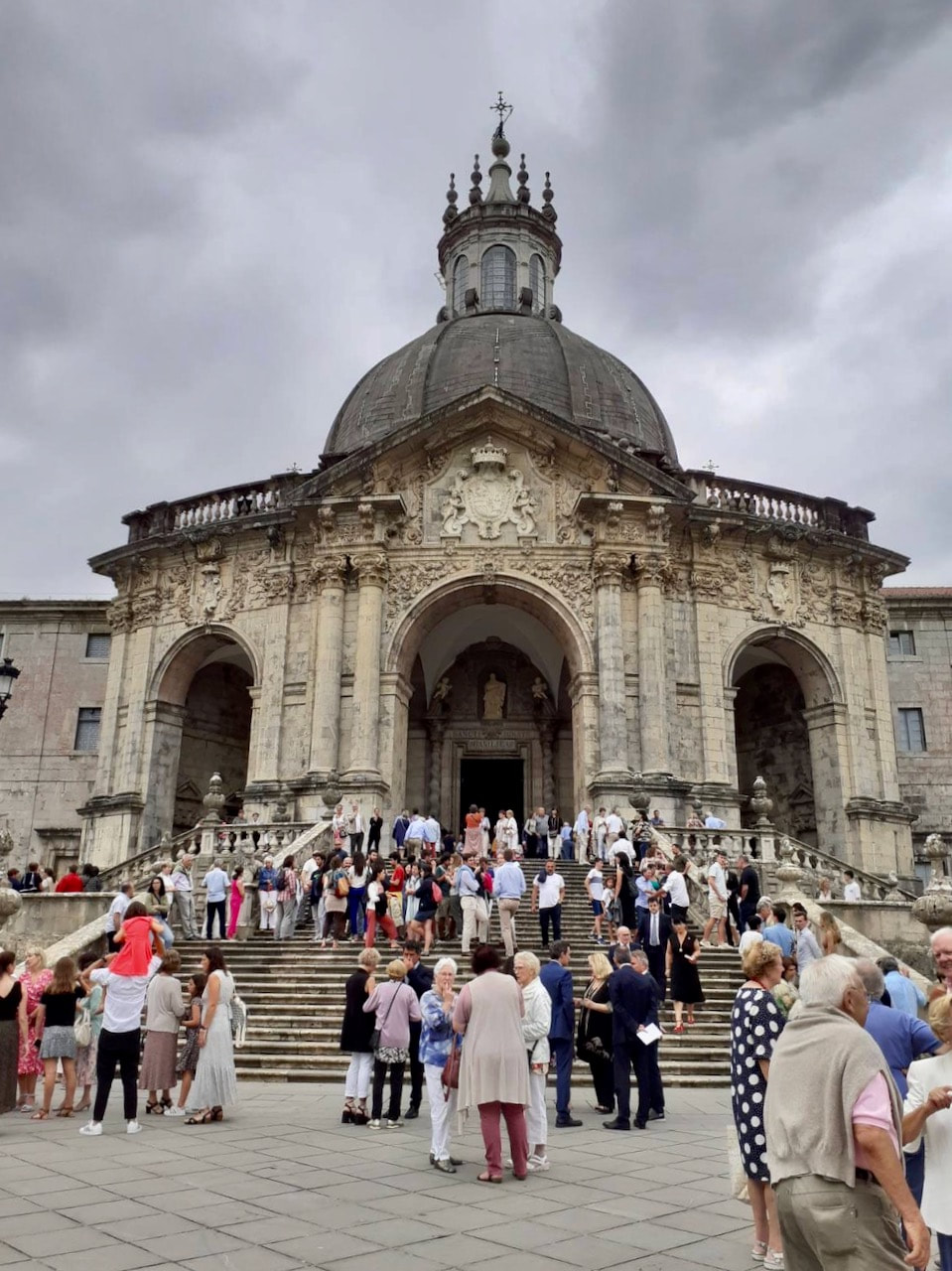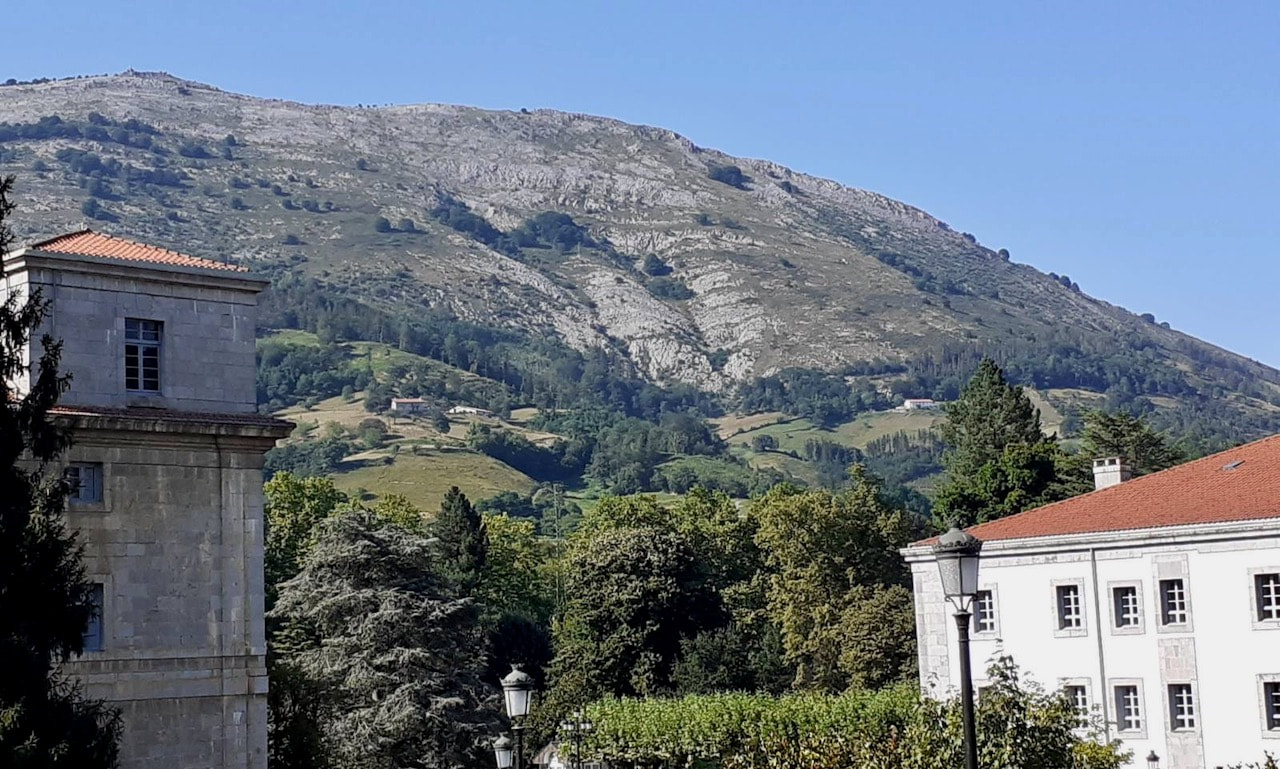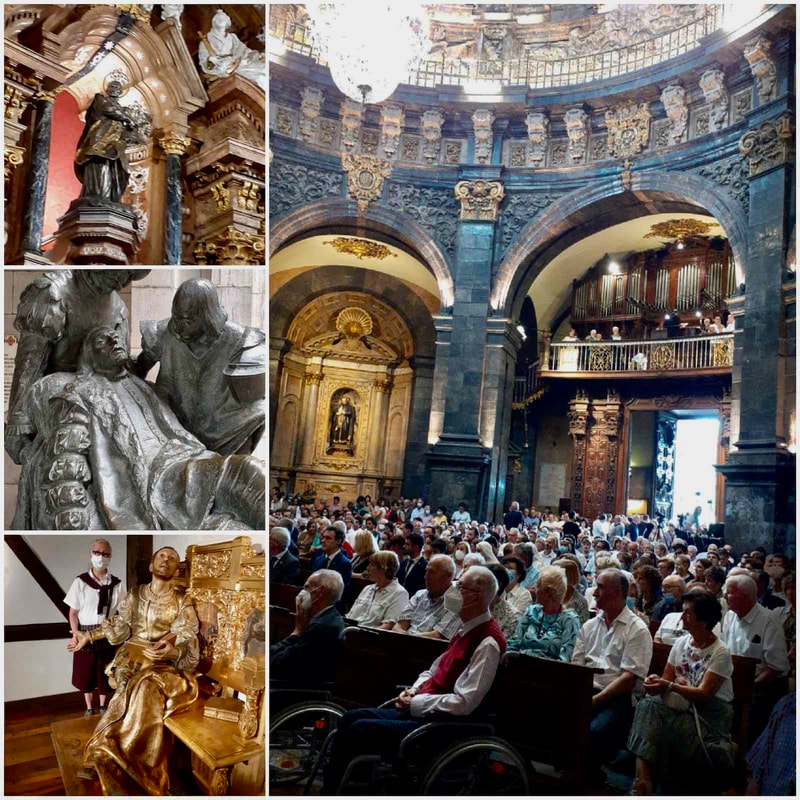A Walk in Loyola
Written by Sr. Sylvia Jopillo,r.a.
After spending days on the beaches, combing the old part of the city, and roaming its churches and promenades along the famous Kontxa Beach in San Sebastian, I felt the need to stop and refresh my mind and heart. And while walking through the Plaza Guipozcoa, I chanced upon a poster announcing the closure of the celebrations of the 500th year of the conversion of St. Ignatius de Loyola at the Basilica in Loyola.
I felt an instant connection as I was in Loyola during the opening of this year-long celebration last year. It was such a coincidence that I happened to be in San Sebastian at the closure of this celebration on the feast day of St. Ignatius!
I felt an instant connection as I was in Loyola during the opening of this year-long celebration last year. It was such a coincidence that I happened to be in San Sebastian at the closure of this celebration on the feast day of St. Ignatius!
The drive from San Sebastian to Loyola takes 40 minutes. As I exited the expressway, the road was winding into Azpeitia, a small quiet town of rolling hills and valleys. The atmosphere changed as the noise and heat of the city melted into the silent drive to the town.
Loyola is a tiny hamlet nestled in a large, undulating, intimate, open valley under a protective overcast sky. It breathes a penetrating fragrance of green freshness.
Dominating the valley is the Basilica de San Ignacio de Loyola, flanked by the Jesuit Spirituality Center and various buildings situated unobtrusively and connected by an asphalt road network. The quiet invigorates and alters the heart’s rhythm.
Dominating the valley is the Basilica de San Ignacio de Loyola, flanked by the Jesuit Spirituality Center and various buildings situated unobtrusively and connected by an asphalt road network. The quiet invigorates and alters the heart’s rhythm.
Surrounding the Basilica are hillocks covered with intense green oaks, thick forests of beeches, and chestnut trees. On the other side rises the calcareous mass of Izarraitz, with its almost inaccessible bare crest.
Stepping back in time, I imagine it as a valley of endearing scents with the Loyola manor house and its imposing tower on a knoll surrounded by forest and fruit trees, especially apple trees.
Stepping back in time, I imagine it as a valley of endearing scents with the Loyola manor house and its imposing tower on a knoll surrounded by forest and fruit trees, especially apple trees.
The Basilica was built over the Loyola manor house and tower, and the well-preserved room turned into a chapel where the injured soldier, Ignacio de Loyola, recuperated from his battle wounds and experienced his spiritual conversion.
The profound experience eventually led to his founding of the Society of Jesus (Jesuits), a religious order known for its universities and work on social issues worldwide
The profound experience eventually led to his founding of the Society of Jesus (Jesuits), a religious order known for its universities and work on social issues worldwide
The encompassing spirit of St. Ignatius is genuinely present in Loyola. There are trees, flowers, grass-covered knolls--a vast space to walk and benches to recline to take in the serene views, read a book, or scribble thoughts in a notebook. Or even watch the clouds and let time flow.
The gentle shady hillocks offer meandering pathways with a view of the open sky and the Izarraitz, and from a distance, I can hear the soft rush of the Urola River as it courses through the grove of fruit trees and beeches.
A walk in Loyola is a welcome balm to the frantic tourist scene of San Sebastian. It turns the eyes to different light and new ways of seeing. Loyola has a charming feel of a quiet hamlet that tugs at the heartstrings. It bids me come back.
Read More on Spain






